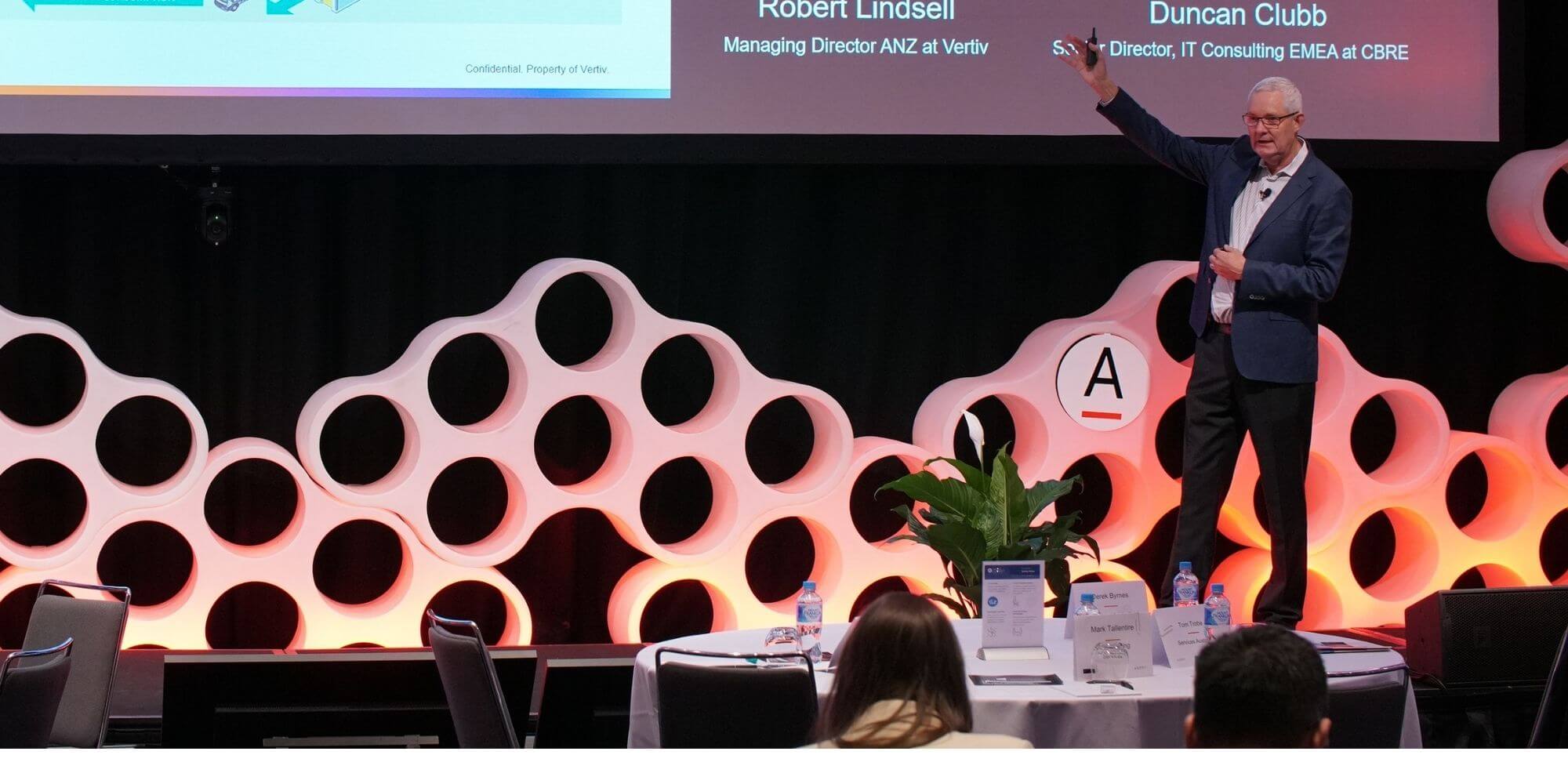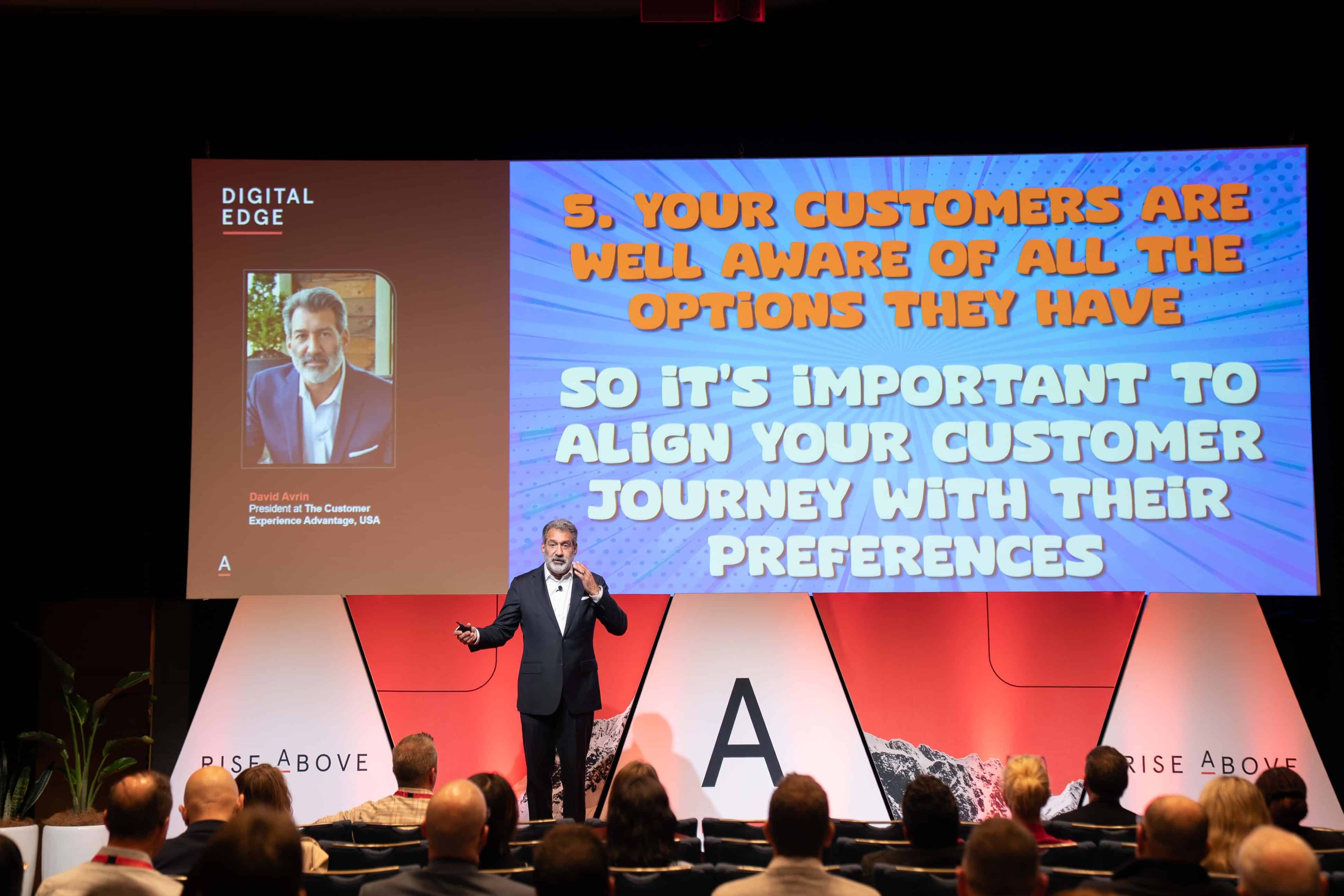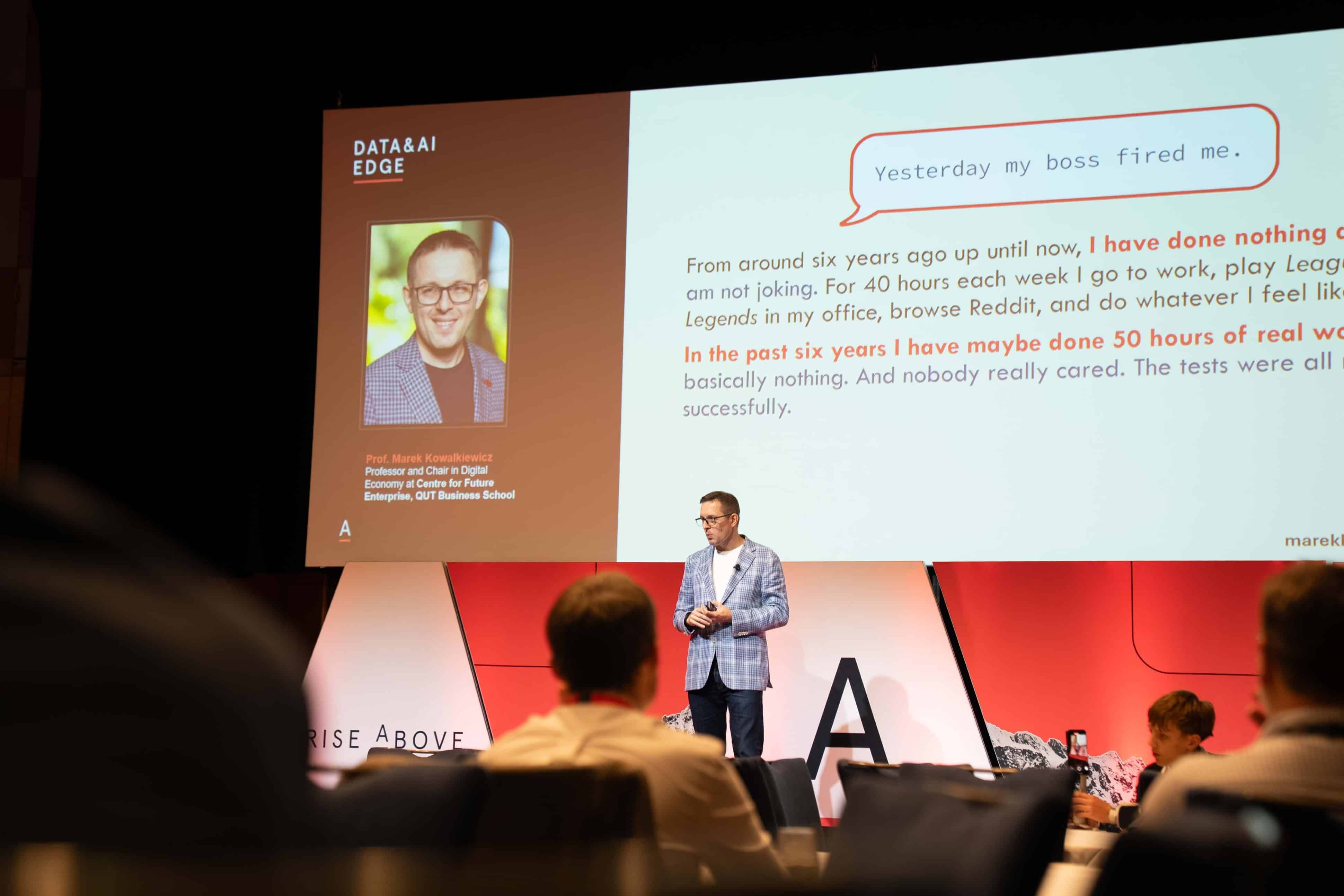An Inside Look Behind the IT Architecture of Edge Data Centres
CBRE’s Senior Director, Duncan Clubb, discusses why industry sectors such as automotive, retail, healthcare, gaming, manufacturing, and smart city organisations should continue building edge capabilities for the development of low latency applications.Forward-thinking infrastructure leaders are increasingly integrating edge compute services within their cloud-first strategies to support increasing digital consumption.
The disruptions of 2020 have increased focus on pushing data and services to the edge to support the ever-growing consumption of online ecosystems with the bandwidth scalability, low latency, security, and high-performance data processing needed.
The imperative for edge computing has increased since the roll out of 5G services by mobile operators, expansion of Fibre to the Premises technologies, and the introduction of hyperscaler edge partnerships and products.
At ADAPT’s Connected Cloud and DC Edge event, CBRE’s Senior Director, Duncan Clubb, presents an overview of the internal architecture of edge data centres. He discusses why industry sectors such as automotive, retail, healthcare, gaming, manufacturing, and smart city organisations should continue building edge capabilities for the development of low latency applications.
To unlock the full keynote video and access an entire catalogue of ADAPT’s expert presentations, localised research, case studies, downloadable data and community interviews, speak with a Senior Research Consultant today.
Transcription:
Hi, I’m Duncan Clubb. I run the digital infrastructure advisory practice at CBRE Data Centre Solutions Group.
We will talk about the cloud as it exists at the edge.
What I’ve seen happen a lot in the last few months is discussions about the edge getting very confused, multiple definitions of what the edge is, how it will work, who’s going to use it, but the applications we’re going to look like.
I’m going to talk very specifically about, you know, the way that we see both in terms of the design of the infrastructure that’s going in and how it’s getting deployed in the real world.
Over the last two years, it’s been a huge amount of development of ideas and strategies for edge data centres.
Looking at how you distribute compute models around micro data centres that deliver capacity to remote locations outside of the normal data centre, core systems or cloud systems have dominated the IT infrastructure environment for the last several years.
The reason for this is that there’s a new classification of applications that are being developed now, which require a new type of infrastructure to be developed because it just won’t work without it.
The processing capabilities and the data throughputs require to compute to be close to where the action is.
That means near the users or the devices, the IoT sensors, or near the corporate systems that need to have access to data processing facilities, with either low latency or with huge amounts of bandwidth availability.”
The only way to do that is to distribute the IT infrastructure over a much wider geography than we’re currently used to.
Over the last few years, we’ve been centralising everything. Now we’re working on redistributing or IT capabilities, much closer to where the users are.
For the last year or so, some very early deployments have been happening globally. What was the Far East? Recently, the US has started to deploy edge infrastructure. We’re just beginning to see the early stages in Europe. But it is a global phenomenon.
There’s no reason why we won’t see this happening on a truly global basis over the next few years.
But it will take several years to come to ubiquity. We’ll see over the next two to five years a gradual increase in the deployment of edge data centres.
By the time we get to 2024, we’ll have reached high proliferation, whereby a large population, certainly in industrialised nations, have got access to edge to compute facilities.”
This has been enabled by the rollout of technologies like 5G and high-speed Fibre broadband systems, Fibre to the premise and Fibre to the Home.
All the edge technologies require a high speed, last-mile connectivity solution. This is what differentiates edge solutions from, say, just a regional data centre.
They have very specific network requirements which are required to enable the edge applications to work.
To unlock the full keynote video and access an entire catalogue of ADAPT’s expert presentations, localised research, case studies, downloadable data and community interviews, speak with a Senior Research Consultant today.



























